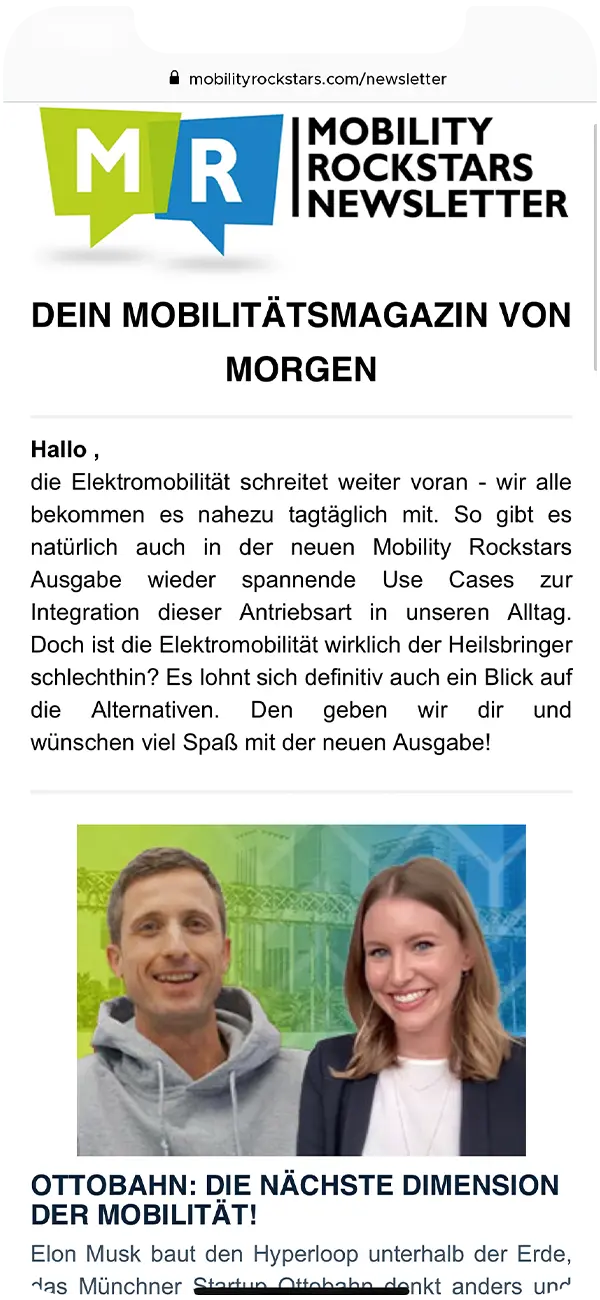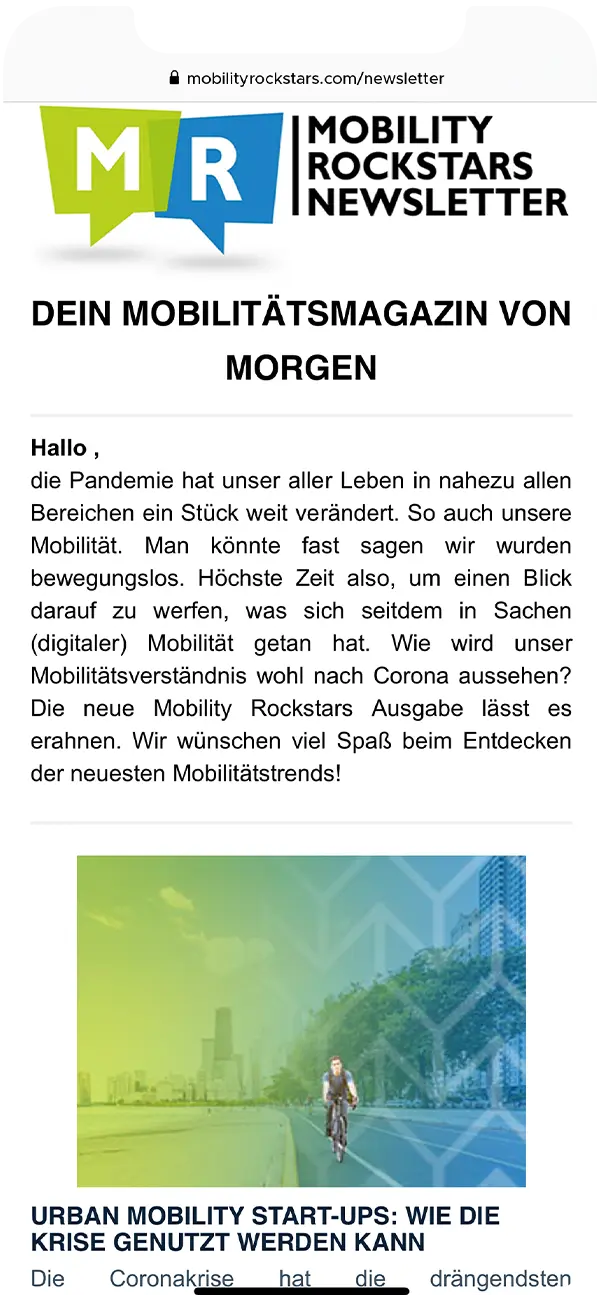High Performance Computing: Paving the way for digital transformation
For many, high-performance computing sounds cryptic at first - but there is an effective concept behind it.
Getting involved with automotive software development these days means dealing with technology that is in some cases getting on in years. Bus systems such as CAN or FlexRay dominate development without taking into account the increased requirements for modern overall vehicle development. But it's not just the world and car tires that are turning - there are also new trends and prospects in the industry that inspire hope. Because the hardware and software of tomorrow will look different from what we find in current production vehicles. And that's a good thing, because the demands on increasingly digital vehicles are growing. Here we are not just talking about what we see at first glance. Mostly under the surface, video streams want to be processed, data from radar systems and real-time communication channels want to be analyzed.
- How new digital platforms are changing the path of tomorrow's car
- What is High Performance Computing?
- What are the advantages of high-performance computing?
- What can High Performance Computing really do?
- How does Cognizant Mobility use high-performance computing in vehicle development?
- High Performance Computing and the coming decades of a mobile future
- In A Nutshell
Jens
UWB Professional
15.12.20
Ca. 8 min
How new digital platforms are changing the path of tomorrow’s car
Gone are the days when solutions had to be processed classically by means of individual signals. Streams and event-driven communication determine the automotive daily routine. Software is taking on an ever greater role, and always wants to be up to date! For this to be possible at all – even after delivery of the vehicle – the required software components must be decoupled from one another.
In order to minimize performance and also integration requirements, embedded high-performance computing (HPC) comes into play: Various system-on-chip solutions (SoCs) optimized for specific tasks bundle calculations in a physical unit with fast connections. This centralized approach already exists, for example in the chips for graphics, security, A.I., etc. that can be found in modern smartphones.

What is High Performance Computing?
Wikipedia does the important groundwork on the wording issue: high-performance computing (HPC) is a field of computer-aided computing. It includes all computing work that requires high computing power or storage capacity to process.”
An HPC represents server and client at the same time, following the principle familiar from IT of relocating computing power to IT centers. In this way, provider services can be made available, but also services of other installed HPCs in the vehicle can be used or connections to the Internet can be established. The overall functionality ultimately consists of the connection of all services used.
The circle to the increasingly digital vehicle and thus the entry of IT into the car closes here. In order to effectively implement the required mechanisms, there are high requirements for safety and security – different fields despite similar sounds.
What are the advantages of high-performance computing?
To explain the advantages of HPC, it is necessary to take a look at the past, or rather at the basic structure in the vehicle, where all too often new hardware had to be installed for new functions. Almost inevitably, this leads to a confusing overall concept in which functions run redundantly and performance potential remains untapped. And yet many of these networks, like the underlying microprocessors, are gradually reaching their limits. This is where High Performance Computing offers solutions. Systems remain scalable thanks to the powerful hardware, but above all the separation of resources by means of virtualization. The logic of an entire vehicle can be mapped in a few HPCs, in contrast to the pure raw data delivery of conventional sensors. Viewing and combining all of the vehicle’s data, high available computing power, distribution or even outsourcing of functions to computers: This results in the possibility of updating applications over-the-air. So finally an end to replacing the entire hardware, with all the disadvantages in development, testing and waiting times (plus hassle) for customers.
What can High Performance Computing really do?
The title of the article promised: Be a trailblazer, stay scalable, be updateable. Time to think one step further: paving the way for the vehicle as a hardware platform for cutting-edge software. This is the prerequisite for upcoming mobility concepts such as autonomous driving or mobility-as-a-service. The complete networking of the vehicle offers completely new possibilities for vehicle design and new functions. High performance computing is what makes innovation in the industry possible in the first place.
How does Cognizant Mobility use high-performance computing in vehicle development?
- As a modern player in a changing industry, Cognizant Mobility combines development competencies that are imperative.
- System-side definition of interfaces and services (e.g. with PREEvision) on the HPCs and for backend services
- Expertise in C++
- Use of automotive-specific paradigms (architecture/design patterns
- Object-oriented development and compliance with safety and security
- Connection of agile methods with Automotive SPICE
High Performance Computing and the coming decades of a mobile future
Anyone interested in current trends in vehicle development usually asks the question of what comes after: What comes after high-performance computing? How is the industry developing? Are industry partners equipped with the all-important forward view to identify new insights on the digital horizon?
The specialists at Cognizant Mobility see high-performance computing as one of the paths to the future. Vehicles can become more autonomous step by step. Customers can independently add new features to their vehicles, similar to adding new apps to a smartphone. This enables completely new business models – but also requires a change in thinking on the part of end customers, especially with regard to vehicle ownership.
New mobile communications standards that exchange real-time data with vehicles are also models for the future. In this way, functions – including those that affect the lifetime of the vehicle – can be outsourced to a cloud infrastructure, where they can even be developed initially. The need for computing capacity in the vehicle decreases, and power can be scaled where it is needed, namely in the data center. A point victory for the customer – who then only pays for the actual use of functions. A breath of fresh air for an industry whose doors are thus also opening for startups and new business models to expand the “vehicle platform” in order to generate real added value for customers.
In A Nutshell
- E/E Embedded Software Development
- SOA (Service Oriented Architecture)
- POSIX Operating Systems
- Cyber Security
- C, C++
- CAN, FR, LIN, Ethernet
- ASPICE
- Adaptive AUTOSAR
- FuSi







